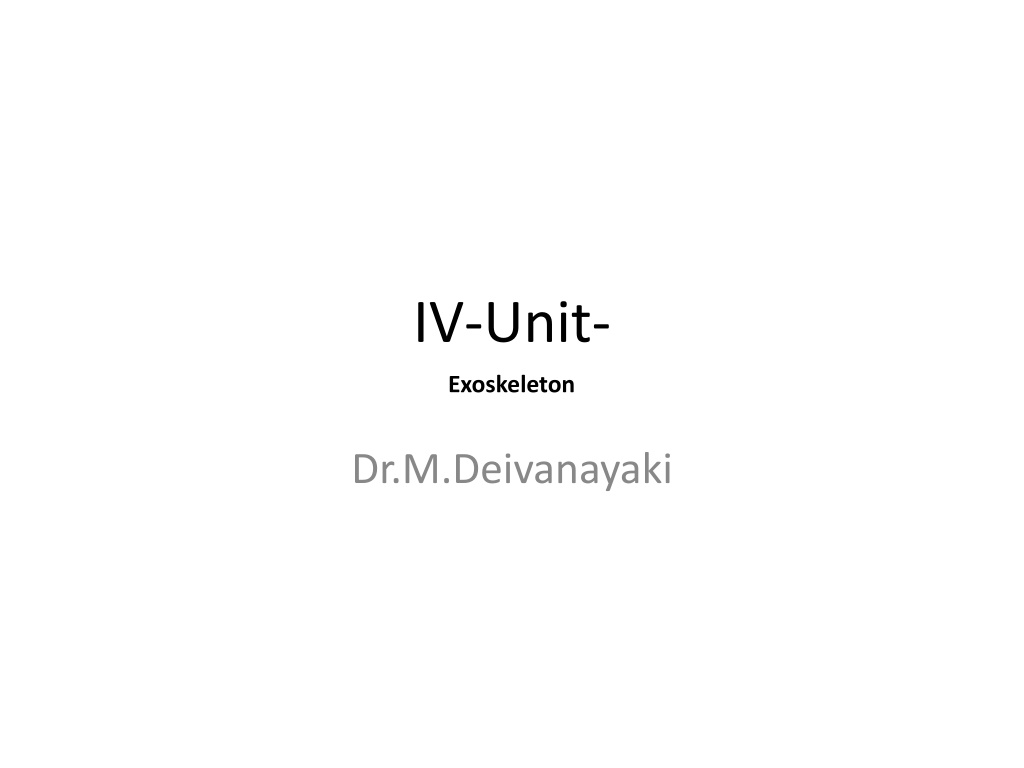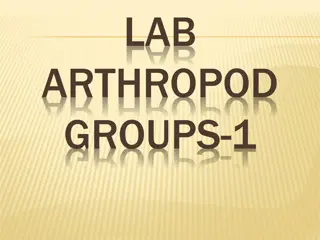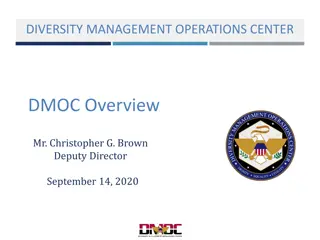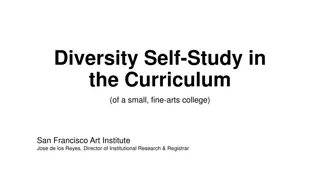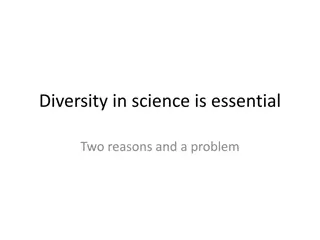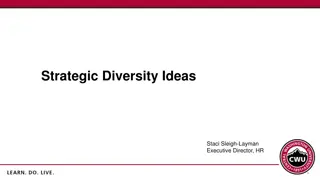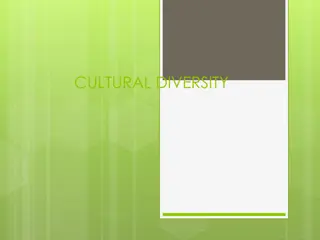Understanding Exoskeletons: Structure, Function, and Diversity
Exoskeletons are rigid coverings that support and protect the bodies of various animals, serving vital roles in structure, defense, and movement. They vary in composition, such as chitin in arthropods and bone in vertebrates like turtles. This comprehensive overview explores the significance, types, and evolution of exoskeletons across different species, shedding light on their intricate roles in the animal kingdom.
Download Presentation

Please find below an Image/Link to download the presentation.
The content on the website is provided AS IS for your information and personal use only. It may not be sold, licensed, or shared on other websites without obtaining consent from the author. Download presentation by click this link. If you encounter any issues during the download, it is possible that the publisher has removed the file from their server.
E N D
Presentation Transcript
IV-Unit- Exoskeleton Dr.M.Deivanayaki
Exoskeleton Definition An exoskeleton is the rigid covering found on the exterior of many animals, particularly invertebrates such as arthropods and mollusks. Much like the internal endoskeleton of vertebrates, the exoskeleton is responsible for supporting the structure of an animal s body. The exoskeleton also provides protection against attack from predators, and accidental damage of the soft internal organs. Furthermore, due to the waterproof qualities of the skeletal tissues, an exoskeleton acts as a barrier and protects organisms from desiccation. In arthropods, the muscles are attached directly to the interior of the exoskeleton unlike in vertebrate endoskeletons, where the muscles are connected to the skeleton via tendons and ligaments. This direct connection means that there is a larger surface area for the muscle to attach to, allowing for powerful movement and strength. Additionally, jointed limbs, which connect the hard exterior plates, permit a wide range of available movements.
Exoskeleton is a hard, external structure that covers, supports, and protects an animal's body, such as the chitinous covering of a crab, the silica shells (frustules) of diatoms, or the calcareous shells, or valves, of bivalve mollusks. The term exoskeleton is used in contrast to the endoskeleton, or internal support structure, that provides body structure and shape to such animals as chordates and echinoderms. While the term exoskeleton most commonly is used for invertebrates, such as arthropods, it is sometimes extended to such vertebrate structures as the shell of turtles and the hard covering of many groups of fossil fishes (such as the placoderms) (Gilbert et. 2007). Types and description Many taxa produce exoskeletons, which may be composed of a range of materials, including chitin, calcium carbonates, silica, bone, cartilage, and dentine. Organisms range from the microscopic diatoms and radiolaria to the innumerable species of arthropods, to vertebrates such as turtles. Exoskeletons appear to have arisen independently many times, with eighteen lineages involving calcified exoskeletons alone (Porter 2007). Arthropod exoskeleton The tough or resistant exoskeleton of arthropods (insects, crustaceans, and so on) typically is constructed of the tough polymer of chitin
Vertebrate exoskeletons Bone, cartliage, and dentine are used for the exoskeleton in vertebrates such as the Ostracoderm fish and turtles. Turtles, for example, have a special bony or cartilaginous shell. While some consider the turtle shell not to be an exoskeleton, on the basis of it being a modified ribcage and part of the vertebral column (Ardastra 2008; Martinelli 2007), others are specific that the turtle shell and the covering of fossil fishes (particularly placoderms) are indeed an exoskeleton (Smith and Hall 1993; Gilbert et al. 2007). Indeed, Gilbert et al. (2007) includes the cranial and facial dermal bones as part of the vertebrate exoskeleton, and attribute their being derived from the neural crest cells. Furthermore, other lineages have produced tough outer coatings analogous to an exoskeleton, such as some mammals constructed from bone in the armadillo, and hair in the pangolin and reptiles such as crocodiles with their bony scutes and horny scales.
